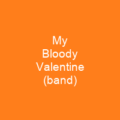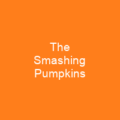Shoegazing is a subgenre of indie and alternative rock that emerged in the United Kingdom in the late 1980s. It is characterized by its ethereal-sounding mixture of obscured vocals, guitar distortion and effects, feedback, and overwhelming volume. Most bands drew from the music of My Bloody Valentine as a template for the genre.
About Shoegazing in brief

It was also considered pejorative, especially by a part of the English weekly music press who considered the movement as ineffectual, and it was disliked by many of the groups it purported to describe. According to some, the term was used to describe dream pop bands. The band Slowdive’s Simon Scott found the term relevant: I always thought Robert Smith, when he was in Siouxsie and the Banshees playing guitar, was the coolest as he just stood there and let the music flood out. I am glad we were static and concentrated on playing well. Now it is a positive term. I think if slowdive didn’t stand there looking at what pedal was about to go on and off we’d have been shite. I’m glad we weren’t shoegazers, we were just normal people, as a band who wanted their fans to think they could think that too too. In the 2000s, there was renewed interest in the genre among \”Nu gaze\” bands. The term was picked up by NME, who used it as a reference to the tendency of the bands’ guitarists to stare at their feet—or their effects pedals—while playing, seemingly deep in concentration.
You want to know more about Shoegazing?
This page is based on the article Shoegazing published in Wikipedia (as of Dec. 09, 2020) and was automatically summarized using artificial intelligence.







